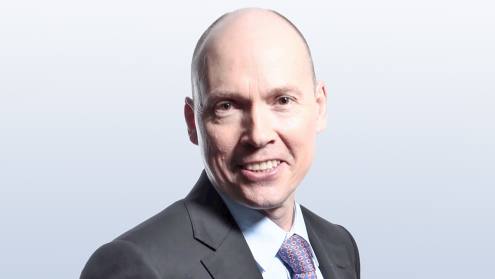In July 2023, the European Central Bank (ECB) increased its benchmark rate to 3.75% — a level not seen for 22 years. The recent rate rises follow a global trend, with other Western central banks having increased rates with equal, if not greater fervour, with rates now standing above 5% in the UK and US.
Economists and analysts in every sector have spilled much ink predicting the consequences of rate rises, such as the knock-on effect on asset values, corporate cash flow, consumer spending and ultimately company solvency.
An increase in dispute resolution is almost certain to follow the rate rises in two respects. First, claims will arise as an indirect consequence of the wider economic conditions, as businesses and individuals look to shore up balance sheets, monetise financial entitlements or take steps to protect the value of their investments. Second, claims will arise under finance documents (loans and hedging agreements that specifically reference a benchmark rate such as Euribor).
Economists and analysts in every sector have spilled much ink predicting the consequences of rate rises
Parties may take issue with the way that interest is charged under the document, or how the product was marketed or sold to the party. Disputes will mostly take the form of litigation or arbitration, but may also manifest themselves as complaints to businesses, regulators and law enforcement.
While higher interest rates can be beneficial for cash-rich businesses, or for lenders who can generate a positive return from the spreads between the cost of capital and the rate of interest charged to borrowers, they are problematic for most businesses and consumers. The headache caused by increased rates is particularly acute against an inflationary backdrop when other costs have increased, but before the rate hikes have had the desired effect of taming inflation.
For some borrowers, servicing debt at higher costs may become too great a burden, particularly if their interest is set at a variable rate, or if they find themselves having to refinance debt that was previously set at a much lower rate of interest.
When cash flow is tight and profitability is under threat, businesses may look to hold onto (or recoup) money in various ways, whether that entails cutting corners in the products and services they provide, laying off staff or pursuing claims against third parties. If a supplier is providing substandard or non-conforming products or services, the recipient may refuse to pay the full price or may seek compensation for any apparent losses.
Rate rises may not be the cause of such disputes, but they could be the straw that breaks the camel’s back in some cases.
When looking to predict the scale of litigation resulting from increased rates in the context of financial agreements, a useful starting point is to look at the last time rates plummeted to record lows: the immediate aftermath of the 2008 global financial crisis. Back then, certain swap counterparties (namely those betting that interest rates would stay flat or increase over time) found themselves considerably out of pocket, facing hefty payments on a periodic basis so long as the swap remained in place.
Worse still: if the swap was terminated before its natural expiry (which may have happened if, for example, the swap counterparty defaulted under a related loan agreement), then the accrued loss under the swap would crystallise into a large termination payment.
After the last financial crisis, such situations often resulted in litigation, particularly as parties sought to challenge the interpretation of swap agreements (often in the form of the industry-standard International Swaps and Derivatives Association Master Agreement, whose express terms had not been tested a great deal before the courts until that point).
Much of the litigation relating to interest rates in the past decade focused on the manipulation of benchmark rates
There was also a wave of mis-selling litigation, in which borrowers and counterparties argued that banks or financial advisers had advised them to enter into borrowing and/or hedging arrangements which were unsuitable.
Will we see this type of litigation again as a result of recent rate rises? Perhaps, but the risk is somewhat reduced. Much of the litigation relating to interest rates in the past decade focused on the manipulation of benchmark rates, which several banks had admitted to being complicit in. That misconduct is now, hopefully, historic.
In any event, banks and advisers (ought to) have learned their lessons when assessing product suitability, so mis-selling claims may be harder to bring. But this may not stop borrowers and swap counterparties from trying — especially if the amounts in question are worth fighting over.
Michael Jacobs is a partner at law firm Boies Schiller Flexner.







